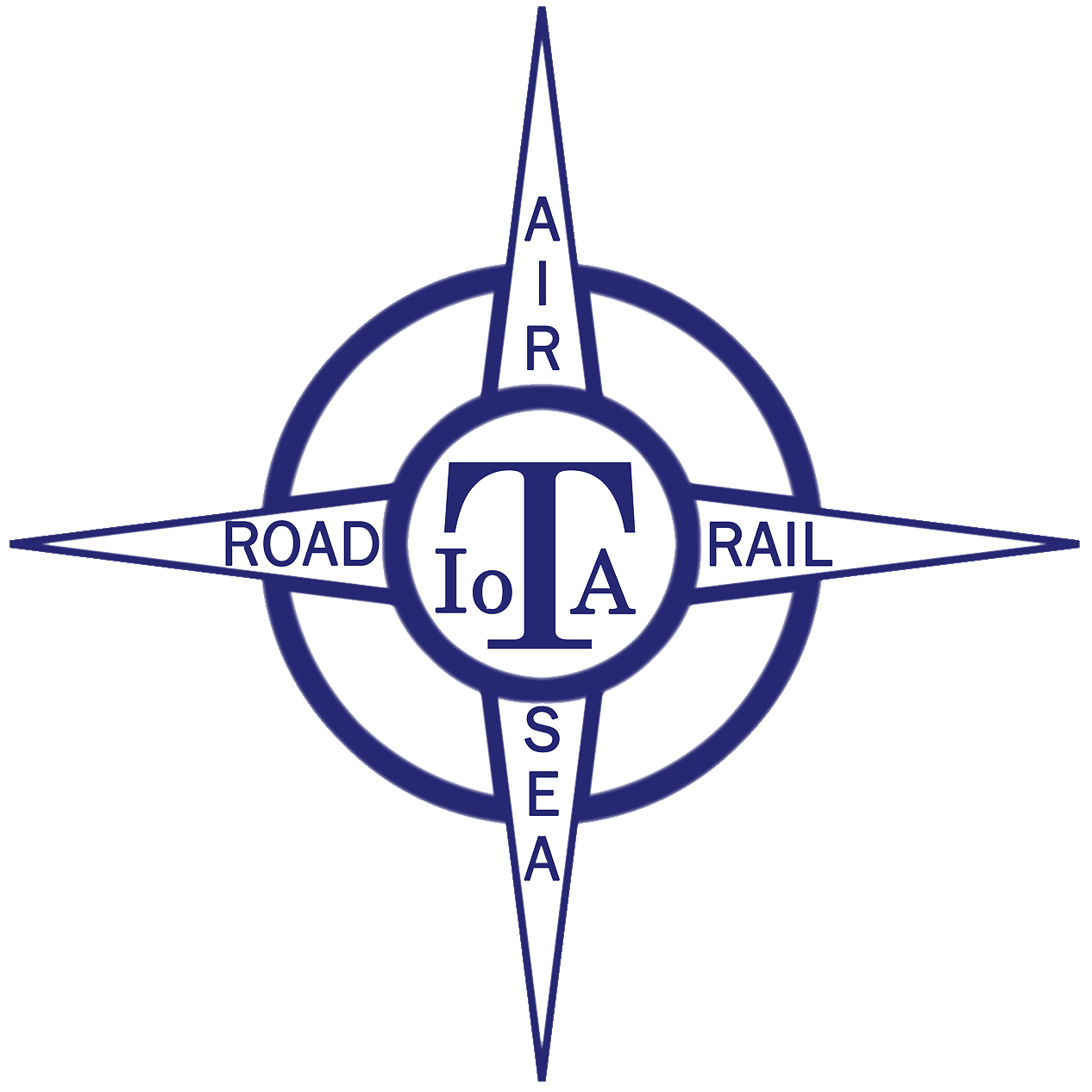Forecasting the coach and bus industry’s cost base for coming years will be as hard as ever. Work by the Confederation of Passenger Transport (CPT) shows that in the year to February, changes to costs for responding bus operators recorded significant variation by region and field. There is little reason to expect that to flatline soon.
On average, costs for bus operators rose by 3.4% over that period, smoothed somewhat by big falls in engineering and semi-variable outgoings. It is likely the coach sector saw at least the same level of overall growth; it has been hit by insurance and parts prices increases and lacks large groups’ purchasing leverage. It does have more latitude in setting rates, however.
Labour as a proportion of overall costs rose slightly according to CPT’s analysis, although as a percentage it is lower than during parts of the recent past – with the March 2019 return notably among those.
Given some strong pay awards for drivers and engineers over the most recent year analysed, and regional increases of up to 21% in outright labour costs, the relatively minor rise in how wages sit as part of overall outgoings gives a good idea of the scale of growth in the sector’s wider expenditure during that period.
Many operators – of both coaches and buses, and where union representation is and is not in place – have given significant wage increases of late. In some cases that has been driven by inflation and industrial action, but more often it has come of a recognition that without uplifting employees’ income, the shortage of labour will worsen.
Inflation falling to the 2% target is good news for businesses hoping that the pressure on pay is easing, but a competitive market for staff could mitigate that. Rachel Reeves’ decision to award some public sector workers an above-average wage increase (despite a claimed £22 billion “black hole”) may also bolden expectations by employees in the private sector.
One company with coaches and buses highlights that only one operator in an area needs to lift pay rates for others to feel pressure from staff, but its leader caveats that by adding how non-monetary perks are increasingly seen favourably by employees.
Those come at a cost, but breakfast clubs, discounts at local businesses, away days and others are tools for morale and retention as well as attraction. It is also no secret how since 2020 some operators have examined their degree of antisocial hours working, and for those with coaches the kind of jobs done, with a view to the impact on retention.
Nevertheless, the primary reason for going to work is to earn money. The same operator reports that pay expectations by white collar staff are also under pressure. The period of high single-figure or low double-digit percentage rises being necessary may have lifted for now, but upward pressure on overall costs created by labour expenses is going nowhere.
Source: Route-one.net
